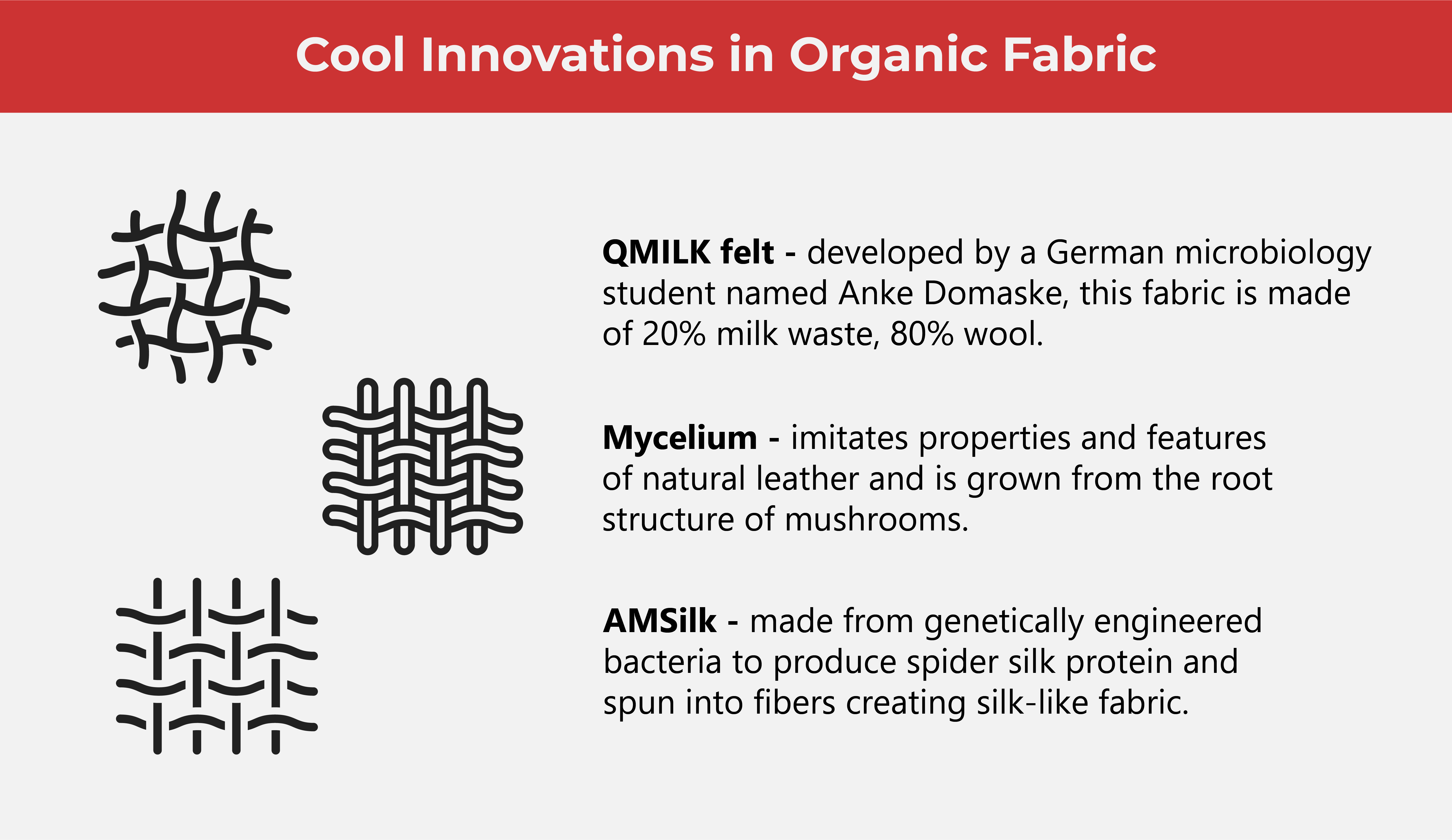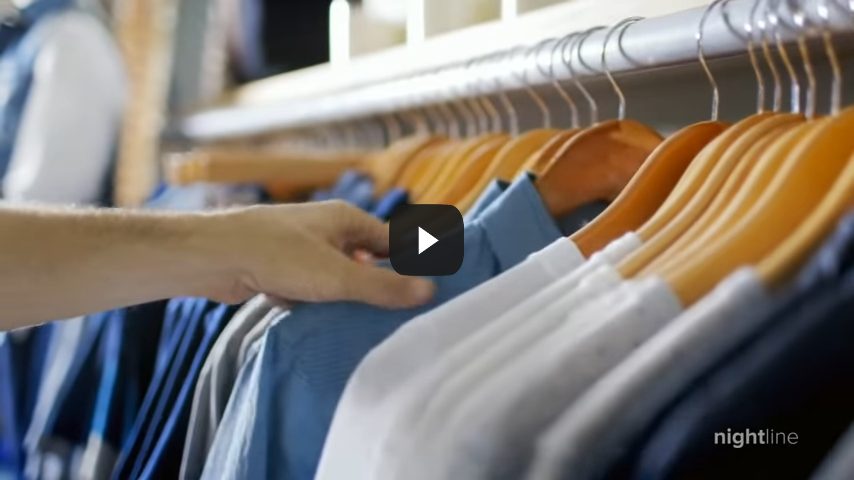Sustainable Fashion Is Now in Season

The devil, it would seem, not only wears Prada but about 8-10% of global carbon emissions. That’s how large the fashion industry’s carbon footprint is.
Thanks to social media platforms, consumers are not only aware of this, but they have been actively holding their favorite clothing brands accountable for their manufacturing processes, rallying for greener, more ethical, and sustainable practices.
(Also read: The Metaverse Gets Ready for the Runway)
Many fast fashion brands have already developed “eco-friendly” lines that they advertise to be “sustainable” and made from “organic” materials. However, consumers demand more than just “greenwashing” or lip service in the form of green-adjacent marketing messages and ad campaigns. Consumers have wised up from taking a brand’s word for it. Consumers demand to see real change and accountability by finding out where the clothes they wear come from, and how they’re being made.
Thanks to social media, consumers are driving this revolution in the fashion industry. With hashtags such as #ActNowFashion, #WhoMadeMyClothes, #FashionRevolution, and #SustainableFashion spiking in virality since these first appeared about three years ago, clothing companies are making the pivot towards more sustainable processes, from the sourcing of raw material to the manufacture of the garments.
Several real and practical solutions exist that support greener practices. On the one hand, there are simpler solutions that even the end consumer can put into practice to alleviate the problem. On the other hand, technology plays a very important role in how the fashion industry can keep up with the rising demand for sustainability.

Synthetic fabric, such as polyester, contributes to pollution because it is a non-biodegradable product. It also requires hazardous chemicals to make and releases harmful microfibers into water systems when washed. Many brands have responded by pushing garments made of natural fiber, such as cotton. On the surface, this seems like a better alternative, but even natural fibers are water and land intensive.
Biotechnology plays a fascinating role in creating new fabrics that are better for the planet than synthetic ones. Through biotechnology, it’s now possible to create new fabrics from bio-waste such as food waste combined with existing fibers.
A great example of this is QMILK. The German outdoor clothing brand Vaude uses QMILK felt in the jackets they make. The fabric has proven to be just as warm, protective, and comfortable as conventional fabrics.
Another type of lab-engineered fabric is Mycelium, which is made from the roots of mushrooms, and imitates the properties and features of leather. Mycelium is biodegradable and produces zero-waste.
What’s great about these new textiles is that these fabrics can be altered at a molecular level, making them easier to manipulate and control. The fabrics can be altered to grow particular textures that remind us of conventional fabrics. These fabrics are good solutions that can go around problems related to animal use, hazardous chemicals, and petroleum used in the production of conventional synthetic fabrics.
Apart from sourcing materials for the production of clothing, one of the largest problems of the fashion industry is an overstock of items. According to data from CB Insights, in 2018, a Highstreet brand reported unsold clothes worth $4B globally. Oxfam also reports that in the United Kingdom, the average person has about 57 unused items in their closets.
One way technology can step in to help is through the use of AI and machine learning. Fashion companies can make use of these technologies to determine the volume of garments for production to avoid overstocking. AI and machine learning data may be used to track trends and analyze consumer behavior. This way, quantities can be forecasted more efficiently and waste product can be reduced.
When it comes to designing the next season’s hottest line, 3D modeling opens up a whole new virtual world. This can reduce waste because there is no physical production involved.
Now, for those who must sit up front at shows during Fashion Week, there’s 3D printing! 3D printing can be used to make samples during Fashion Week and sent to buyers from all over the globe. 3D-printed garments have less of a carbon footprint than conventionally made clothing. What’s more is that with 3D modeling, there is virtually no waste fabric because the exact measurements of clients are determined and all clothing is printed on demand. This makes clothing all the more inclusive and removes the problem of limited stock or overstock. No overruns, no problem!
Consumers can also pitch in and contribute in significant ways by making circular fashion a thing. Circular fashion means closing the loop on the life cycle of a piece of clothing, 73% of which would normally end up in a landfill or incinerated, according to CB Insights. Upcycling old clothes to make them new, repurposing cast-offs to create brand-new clothes, and simply recycling helps a lot. This lowers the demand for the production of new garments and addresses issues of overconsumption.
For shopaholics, this makes for a great excuse to go thrifting. Turn another fashionista’s trash into treasure by opting to buy “pre-loved” items. Spark up that creativity by finding new styles out of dated garments. You won’t just be saving your money, but doing the environment a lot of good by reducing your carbon footprint in a real fashion-forward way.
As one of the Top 25 EMS companies in the world, IMI has over 40 years of experience in providing electronics manufacturing and technology solutions.
We are ready to support your business on a global scale.
Our proven technical expertise, worldwide reach, and vast experience in high-growth and emerging markets make us the ideal global manufacturing solutions partner.
Let's work together to build our future today.
Other Blog




